Just Because You Can’t See It Doesn’t Mean Mental Illness Don’t Exist.

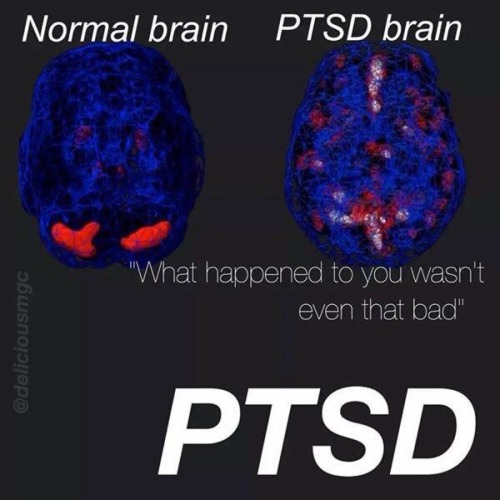
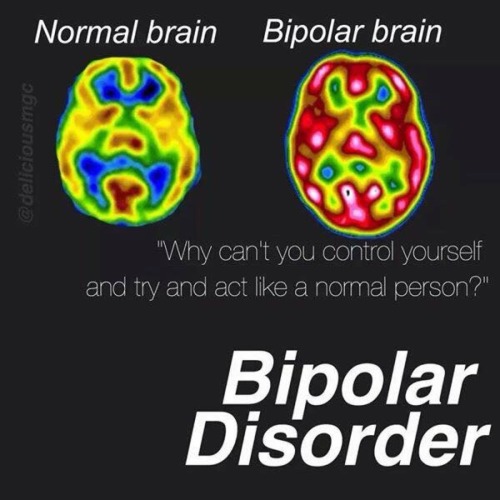

Just because you can’t see it doesn’t mean mental illness don’t exist.
www.thebpmag.com
More Posts from Curiositytherover and Others






This is Tech Tats, tattoos that can track your health data and your personal information - watch the full video

Rosemary Johnson was a promising violinist and member of the Welsh National Opera Orchestra when she was involved in a devastating car crash 27 years ago. The accident left her in a coma for seven months, and the resulting brain damage has robbed her of most of her ability to talk and move.
But thanks to new software that reads people’s brain waves, Johnson has been able to compose music for the first time since 1988, and has had the chance to have it played to her in real time by a professional string quartet.
“It was really very moving,” Eduardo Miranda from the Interdisciplinary Centre for Computer Music Research at Plymouth University in the UK, told The Telegraph.
A lot of people live in fear because they haven’t figured out how you’re going to react when faced with a certain set of circumstances. I’ve come to terms with this by looking deeply into whatever makes me fearful - what are the key elements that get the hairs up on the back of my neck - and then figuring out what I can do about it.
Chris Hadfield (via fyp-science)

Following cancer with tiny magnets
Life-saving surgery and treatments rely on doctors being able to accurately track the spread of cancers.
A new device that uses iron particles and a magnetic probe will allow clinicians to narrow down exactly which lymph nodes tumours spread to.
Developed by Aidan Cousins with colleagues at the University of South Australia, the novel approach is more sensitive and safer than existing methods for monitoring cancer.
“Pre-clinical trials of our approach suggest it gives a very clear picture of where tumours are most likely to spread,” Aidan explained.
“It will allow subsequent surgery and treatment options to be refined for better standards of care and improved prognosis.”
The technique involves injecting biodegradable iron particles at the primary site of a tumour, from where – as part of their normal surveillance activities – cells of the immune system transport them to the draining lymph nodes.
More information: A. Cousins et al. Novel Handheld Magnetometer Probe Based on Magnetic Tunnelling Junction Sensors for Intraoperative Sentinel Lymph Node Identification, Scientific Reports (2015). DOI: 10.1038/srep10842
Electron microscopic image of a single human lymphocyte. Credit: Dr. Triche National Cancer Institute

NASA is Planning to Capture an Asteroid and Put it in Orbit Around the Moon
NASA is planning a mission that will visit a large asteroid and redirect a large portion of it into a stable orbit around the Moon. From there, we can study it at our leisure. http://futurism.com/videos/nasa-planning-capture-asteroid-put-orbit-around-moon/


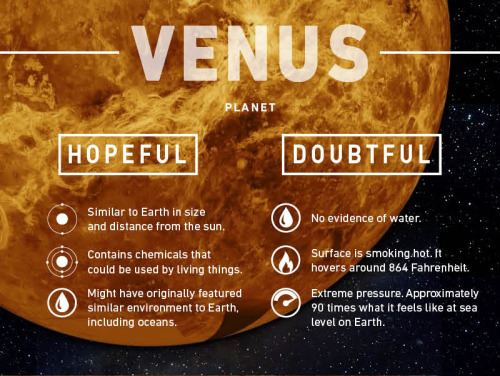

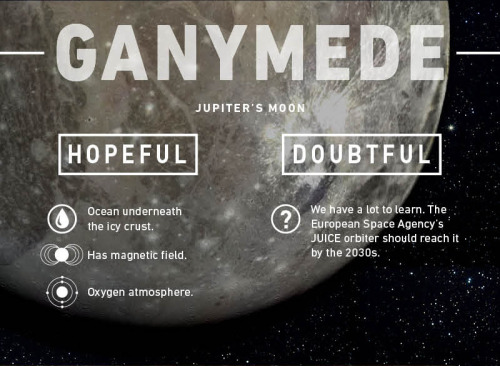



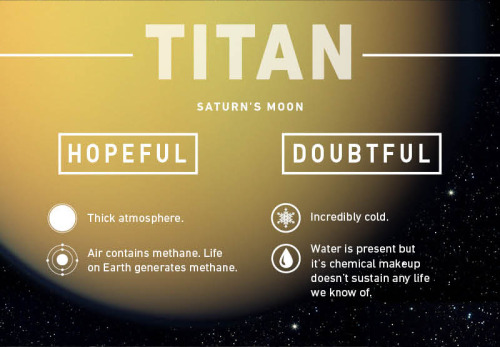

Where Could Life Exist?
When NASA scientists announced earlier this year that they had found evidence of liquid water on Mars, imaginations ran wild with the possibility that life could exist somewhere other than here on Earth.
Scientists continue to explore the possibility that Mars once looked a lot like Earth — salty oceans, fresh water lakes, and a water cycle to go with it. That’s exciting stuff.
So where else are they looking? What exactly are they looking for?
There are nine places in our universe where scientists say life is a possibility. The locations range from a smoking hot planet like Venus to a moon that orbits Saturn called Enceladus, which looks a lot like a massive, tightly-packed ball of ice.
All of these places show signs that water is, or at least was, a possibility. They also appear to feature some kind of energy that could produce heat.
full resolution

Changing Moods with Sleep and Light
Pregnant with her first child, Monica Bryan noticed changes in her mood and energy levels. That’s when she heard about a UC San Diego School of Medicine clinical study aimed at using sleep and light therapies instead of medication to treat premenstrual, pregnancy, postpartum and menopausal depression.
Barbara Parry, MD, professor of psychiatry at UC San Diego School of Medicine, says the mood changes a woman undergoes before menstruation and during pregnancy, postpartum and menopause may result from the effect of a hormonal change on circadian rhythms. These circadian rhythm changes are akin to what occurs in jet lag when sleep and hormonal changes become “out of synch” with each other.
“The circadian rhythms of people who suffer from depression are off balance,” said Parry. “In women who develop depression during pregnancy, for example, melatonin, the hormone that anticipates the arrival of nighttime, is secreted earlier, and sleep onset occurs later, affecting the perceived quality of sleep.”
These disturbances in the body’s circadian rhythms can be triggered by changes in reproductive hormones that occur during the menstrual cycle, the peripartum period and menopause, resulting in an increased vulnerability to mood disorders. The noninvasive trial uses sleep and light therapy as a way to correct these biological rhythm disturbances, and thereby, improve mood. The trial is open to women with and without depressive symptoms related to the reproductive cycle, and compensation is available.
For two weeks, Bryan completed daily and weekly mood ratings and weekly clinic visits as part of the evaluation period. This study phase was followed by monitoring of her melatonin levels at home. Her activity levels were recorded via a wrist-mounted fitness band that measures activity and light exposure to assess the relationship between melatonin and activity and rest cycles.
After all baseline information was gathered, Bryan began the one-week intervention phase, which included one night of altered and shortened sleep cycle followed by light therapy. During this time the fitness band continued to record sleep, activity and light exposure.
Participation in the trial didn’t require much effort, said Bryan. She kept a daily log of her mood ratings and how much time she spent indoors and outdoors. Beyond that, the only added requirement was spending one hour after waking sitting in front of a light box.
“I spent the hour watching television, reading or catching up on what I missed the day before on my phone,” said Bryan. “There was no problem taking a little bit of time for myself in the mornings.”
Read more here For more information about the sleep and light therapy clinical trials, please call 619-543-7393

Scientists Are Working on a Real-Life Invisibility Cloak
An actual invisibility cloak? We may be getting close. Scientists at the University of Rochester have created the “Rochester Cloak,” a device that effectively makes the object behind it invisible by making light move around it. http://futurism.com/videos/scientists-working-real-life-invisibility-cloak/

Japan’s Venus probe gets a second shot on December 7th

Fusion Energy: These Promising Projects Are Set to Revolutionize Our World
Fusion power would completely revolutionize energy production on our planet. Indeed, it would reshape our entire world, allowing us to produce vast amounts of energy with little waste or cost. In essence, fusion reactors work by mimicking our Sun in that they fuse two hydrogen atoms into a single helium atom. Conversely, nuclear fission breaks a single atom into two atoms.
Ultimately, the fusion reaction releases ten times more energy per mass as our regular fission reactors, and it does so without all the harmful nuclear waste.
Unfortunately, such reactions come with a few problems. As University of Texas physicist Dr. Swadesh M. Mahajan notes, “Getting net energy from fusion is such a goddamn difficult undertaking. We know of no materials that would be able to handle anywhere near that amount of heat.”
Find out how scientists tackled that issue at: http://futurism.com/links/fusion-energy-these-promising-projects-are-set-to-revolutionize-our-world/
-
 taiscloset liked this · 4 weeks ago
taiscloset liked this · 4 weeks ago -
 amarocit liked this · 4 weeks ago
amarocit liked this · 4 weeks ago -
 salcristina reblogged this · 4 weeks ago
salcristina reblogged this · 4 weeks ago -
 ranmagorlsunite liked this · 4 weeks ago
ranmagorlsunite liked this · 4 weeks ago -
 zeebzorb reblogged this · 4 weeks ago
zeebzorb reblogged this · 4 weeks ago -
 salcristina reblogged this · 4 weeks ago
salcristina reblogged this · 4 weeks ago -
 lostandfound27 liked this · 4 weeks ago
lostandfound27 liked this · 4 weeks ago -
 haberdoordasher liked this · 1 month ago
haberdoordasher liked this · 1 month ago -
 absurdiblr liked this · 1 month ago
absurdiblr liked this · 1 month ago -
 red-mercer reblogged this · 1 month ago
red-mercer reblogged this · 1 month ago -
 careful-icarus reblogged this · 1 month ago
careful-icarus reblogged this · 1 month ago -
 ramonaofmanyfandoms liked this · 2 months ago
ramonaofmanyfandoms liked this · 2 months ago -
 zivot-je-jednosmerna-cesta liked this · 2 months ago
zivot-je-jednosmerna-cesta liked this · 2 months ago -
 all1ir1na liked this · 2 months ago
all1ir1na liked this · 2 months ago -
 mind-over-looks reblogged this · 2 months ago
mind-over-looks reblogged this · 2 months ago -
 mind-over-looks liked this · 2 months ago
mind-over-looks liked this · 2 months ago -
 everything-is-challs liked this · 2 months ago
everything-is-challs liked this · 2 months ago -
 this-fandom-is-my-life liked this · 3 months ago
this-fandom-is-my-life liked this · 3 months ago -
 kirisoku reblogged this · 3 months ago
kirisoku reblogged this · 3 months ago -
 dabrenluz reblogged this · 4 months ago
dabrenluz reblogged this · 4 months ago -
 dabrenluz liked this · 4 months ago
dabrenluz liked this · 4 months ago -
 somestupidsworld liked this · 4 months ago
somestupidsworld liked this · 4 months ago -
 something-old-something-new liked this · 5 months ago
something-old-something-new liked this · 5 months ago -
 ihave8eyes liked this · 5 months ago
ihave8eyes liked this · 5 months ago -
 juliet-the-nerd-and-art reblogged this · 5 months ago
juliet-the-nerd-and-art reblogged this · 5 months ago -
 juliet-the-nerd-and-art liked this · 5 months ago
juliet-the-nerd-and-art liked this · 5 months ago -
 ireallydontknowaboutlife liked this · 6 months ago
ireallydontknowaboutlife liked this · 6 months ago -
 mothman-go-eeeeeeeeee liked this · 6 months ago
mothman-go-eeeeeeeeee liked this · 6 months ago -
 blowjob-horseguy liked this · 6 months ago
blowjob-horseguy liked this · 6 months ago -
 thesunxwentblack reblogged this · 6 months ago
thesunxwentblack reblogged this · 6 months ago -
 disastardly liked this · 6 months ago
disastardly liked this · 6 months ago -
 lookingforsomematches liked this · 6 months ago
lookingforsomematches liked this · 6 months ago -
 vrajeli liked this · 6 months ago
vrajeli liked this · 6 months ago -
 majesticenbypancake reblogged this · 6 months ago
majesticenbypancake reblogged this · 6 months ago -
 kickassfu reblogged this · 6 months ago
kickassfu reblogged this · 6 months ago -
 kickassfu liked this · 6 months ago
kickassfu liked this · 6 months ago -
 ellias-elliott reblogged this · 6 months ago
ellias-elliott reblogged this · 6 months ago -
 ellias-elliott liked this · 6 months ago
ellias-elliott liked this · 6 months ago -
 princess-hammerhead liked this · 6 months ago
princess-hammerhead liked this · 6 months ago -
 toomuchpurple liked this · 6 months ago
toomuchpurple liked this · 6 months ago -
 cantdance reblogged this · 6 months ago
cantdance reblogged this · 6 months ago -
 businesscasualcyclops reblogged this · 6 months ago
businesscasualcyclops reblogged this · 6 months ago -
 jurassicteeth liked this · 6 months ago
jurassicteeth liked this · 6 months ago -
 thedevilnamedjj liked this · 6 months ago
thedevilnamedjj liked this · 6 months ago -
 annannsv7 liked this · 6 months ago
annannsv7 liked this · 6 months ago -
 annita89rbk7rerh liked this · 7 months ago
annita89rbk7rerh liked this · 7 months ago -
 annae4ev5 liked this · 7 months ago
annae4ev5 liked this · 7 months ago